Deep within Montana’s treasured landscapes lie majestic glaciers that have sculpted the region’s rugged beauty over millennia. However, these ancient ice giants are melting away at an alarming rate due to the intensifying effects of climate change. As temperatures rise and weather patterns shift, the glaciers in Montana’s national parks are receding, threatening not only the serene wilderness but also the intricate ecosystems dependent on these icy reserves. This article delves into the factors driving the disappearance of Montana’s glaciers, the impact on local ecosystems, and the significance of this environmental change for America’s national parks.
The Legacy of Montana’s Glaciers
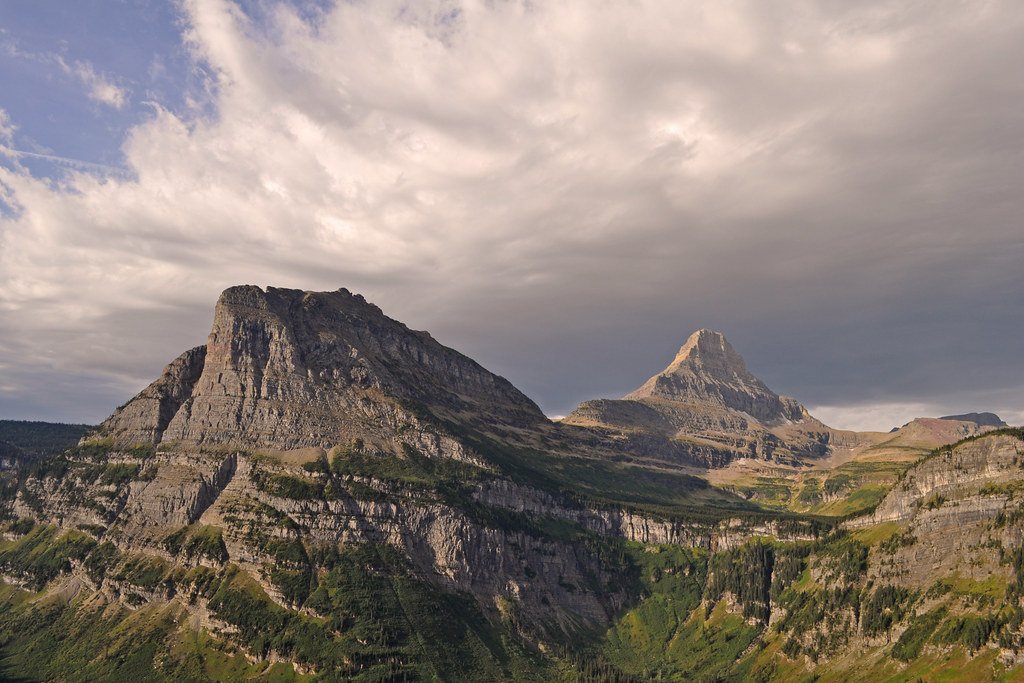
Montana is home to over 150 glaciers, many of which are nestled within the pristine boundaries of Glacier National Park, a conservation jewel in the United States. These glaciers have been present for thousands of years, formed during the Little Ice Age, and represent a crucial part of the area’s natural history. Covering nearly 4,000 acres in total, these glaciers have been declining steadily over the last century, losing about 67% of their size since the park was created in 1910.
Drivers of Glacier Retreat
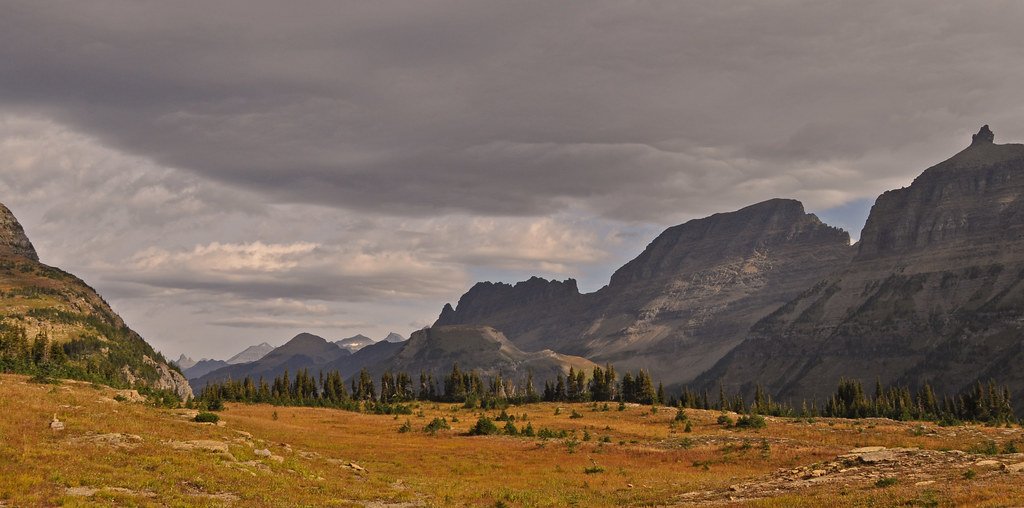
The primary driver behind the retreat of Montana’s glaciers is the increase in average global temperatures. Rising temperatures lead to accelerated melting and a longer melt season, reducing the mass and volume of the glaciers over time. Other contributing factors include changes in precipitation patterns and the increasing frequency of extreme weather events, such as rain instead of snow, which further accelerates glacial melt.
Impacts on Ecosystems
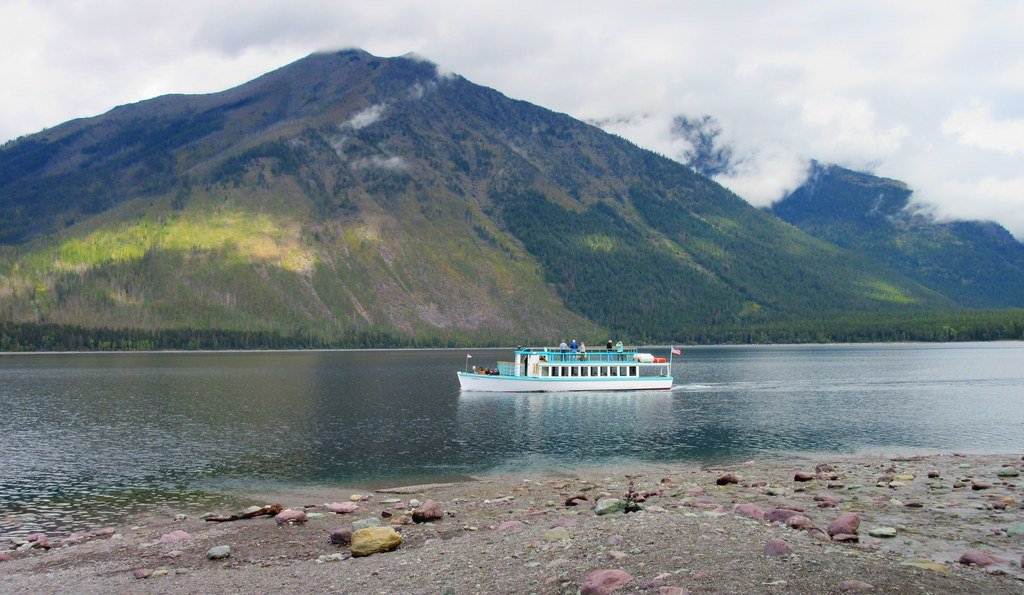
The disappearance of glaciers has profound implications for the ecosystems within Montana’s national parks. Glaciers act as natural reservoirs, releasing meltwater that supports diverse flora and fauna. As glaciers vanish, the consistent flow of cold, nutrient-rich water diminishes, adversely affecting species such as trout, which rely on cold streams for spawning. Additionally, alpine meadows and forest ecosystems that depend on glacial meltwater are also at risk of drying out, leading to a reduction in biodiversity.
Consequences for Local Communities and Tourism
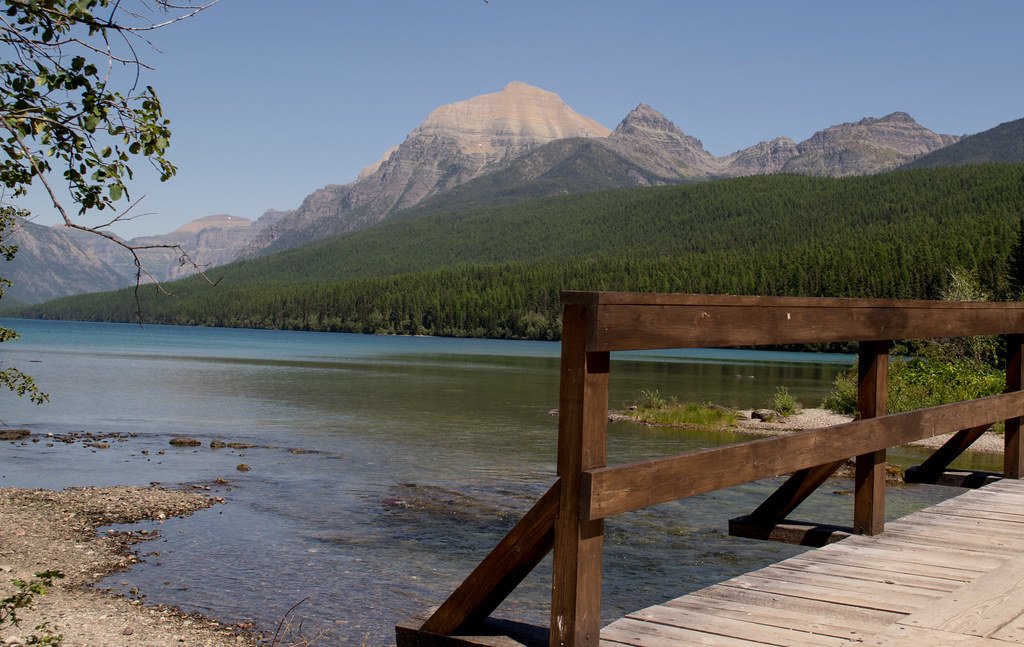
The retreat of glaciers is not only a concern for natural habitats but also for local communities and tourism. Many towns in Montana depend on the revenue generated by visitors drawn to see these majestic ice formations. As the glaciers recede, the allure of the parks may diminish, potentially impacting local economies reliant on tourism. Furthermore, water shortages due to decreased glacial runoff could affect agricultural activities and water supply for local communities.
Scientific Studies and Monitoring Efforts
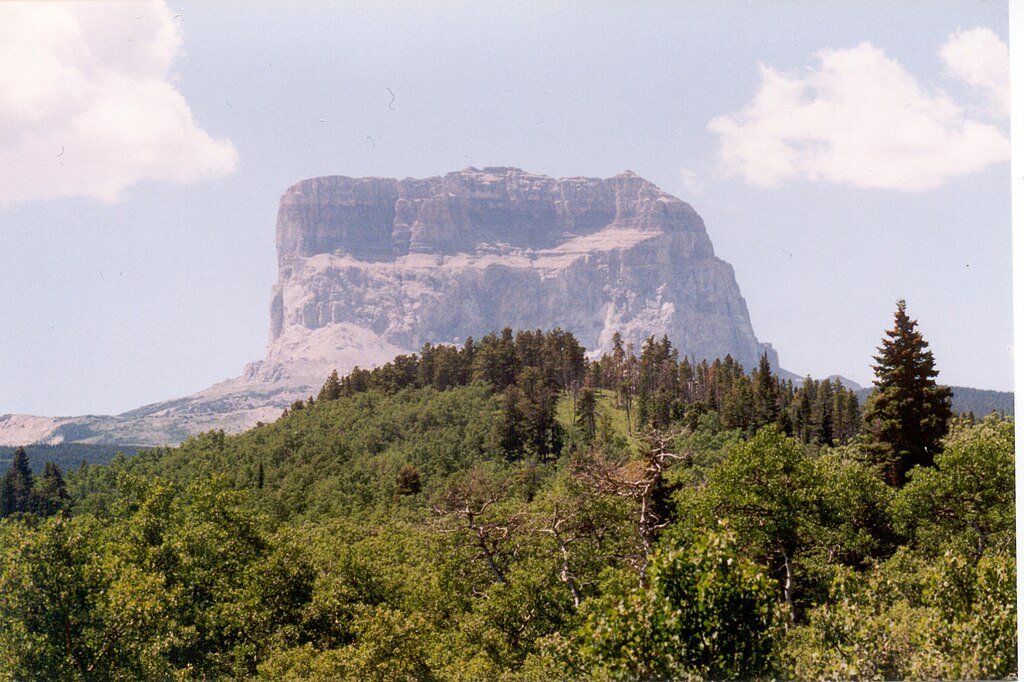
Researchers and scientists have been actively studying the glaciers in Montana to better understand the intricacies of glacial retreat and its broader implications. Advanced technologies, such as satellite imagery and on-site GPS mapping, have been pivotal in tracking the rate of change in glacier size and volume. These studies not only provide critical insights for future projections but also help in formulating strategies to mitigate the impacts of climate change.
Conservation Initiatives and Climate Action
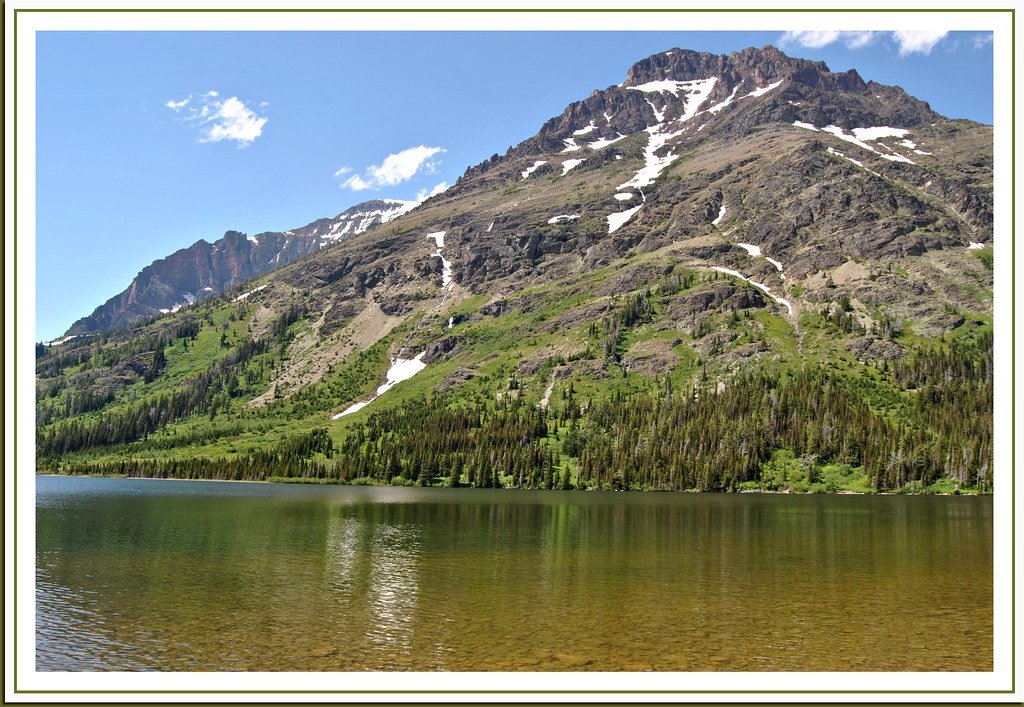
Efforts to counteract the effects of climate change on Montana’s glaciers involve both local and global initiatives aimed at reducing carbon emissions and fostering sustainable practices. National parks have started implementing educational programs to increase awareness of climate change and promote conservation efforts. On a broader scale, international agreements like the Paris Accord emphasize the importance of addressing global warming, a crucial step in preserving these iconic glaciers.
The Role of Education and Advocacy
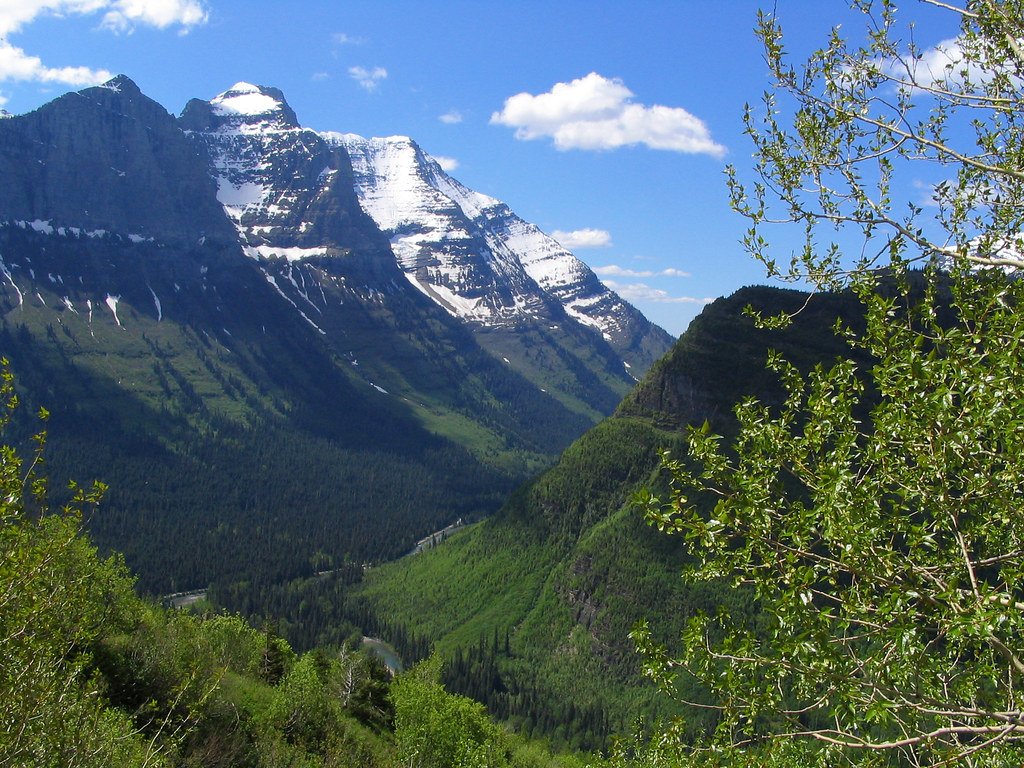
Raising awareness about the importance of glaciers and the effects of their loss is critical for garnering support for conservation. Educational initiatives target both residents and visitors, highlighting the connection between everyday activities and glacier health. Advocacy at the governmental level is also crucial to ensure policies that favor environmental preservation and reduce ecological footprints.
Personal Responsibility and Sustainable Practices
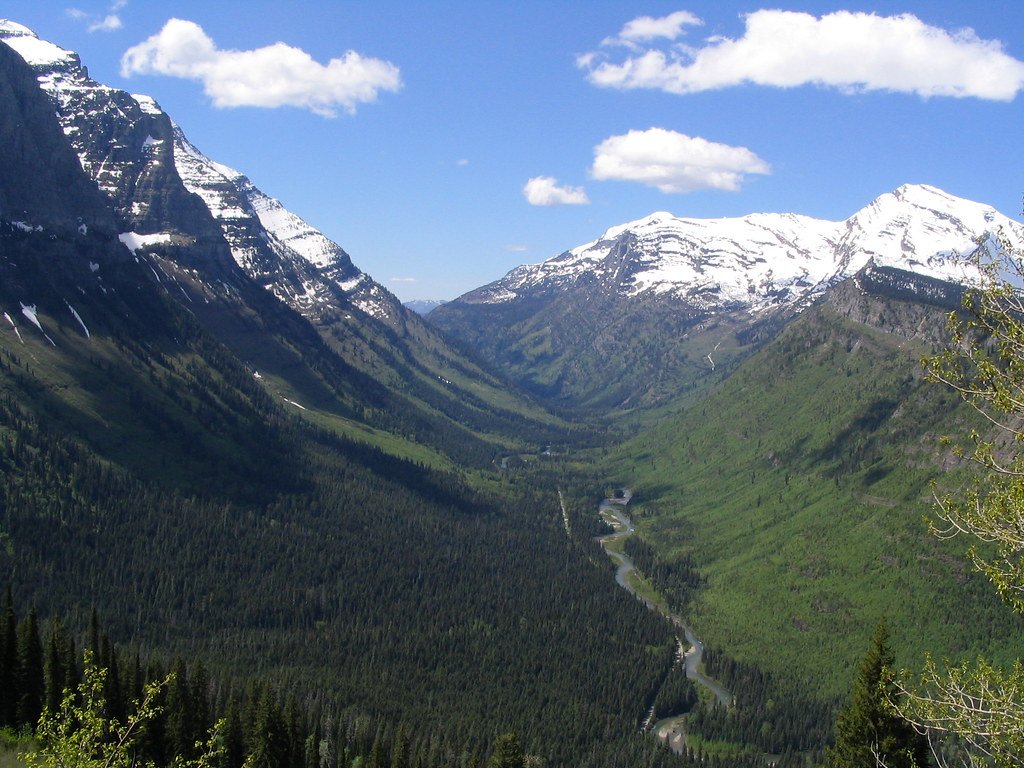
Individuals can contribute to the protection of Montana’s glaciers by adopting sustainable practices that reduce carbon footprints, such as conserving energy, advocating for renewable energy sources, and utilizing sustainable modes of transportation. Collective small actions can lead to significant impacts when it comes to combating climate change.
Conclusion
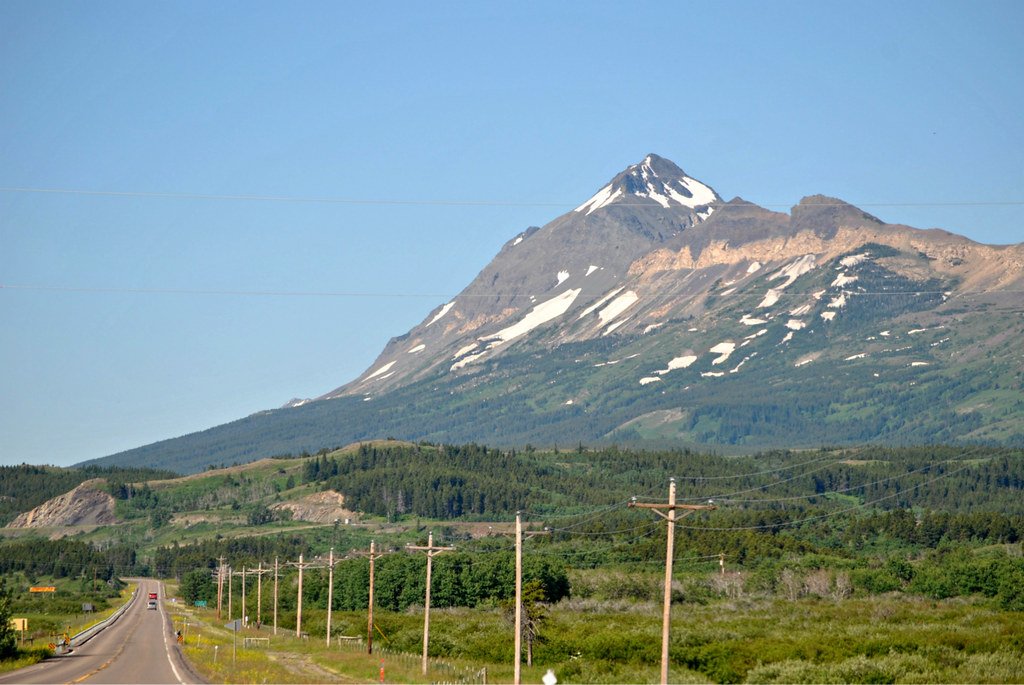
The disappearing glaciers of Montana serve as a poignant reminder of the tangible impacts of climate change. While the loss of these natural wonders is disheartening, it presents an urgent call to action for communities, policymakers, and individuals to come together in efforts to mitigate climate change effects. Through education, conservation, and personal accountability, we can work towards a future where these glaciers remain a fundamental feature of America’s natural heritage and a testament to the resilience of the ecosystems they support. Our proactive engagement today will determine the legacy we leave behind for future generations.




